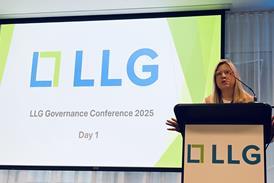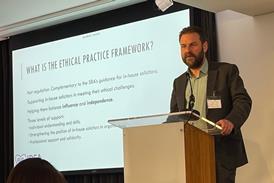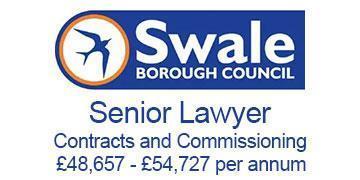The Intellectual Property Office (IPO) is currently consulting on proposed reforms to tackle ‘systemic issues’ in the standard-essential patent ecosystem. These are patents protecting an innovation essential to implementing a technical standard; to enable mobile phones to communicate, for example. Intellectual property in this category should be made available, under ‘fair, reasonable and non-discriminatiory (FRAND)’ licence terms. According to the IPO, issues include a lack of information about what IP is classified as standard-essential and the imbalance of power between patent holders and licensees.
However some of the proposals in the IPO consultation reflect a misunderstanding of how licensing disputes actually play out in practice with key concerns relating to pricing transparency, pre-action protocols, and the proposed new rate determination track (RDT).
On pricing transparency, there remains a question over whether SMEs are the companies that are unsuccessful in licensing negotiations and therefore have to resort to litigation. In reality, the cases before the Patents Court tell a different story: the patent users defending and, in the last two years, seeking FRAND determinations, have generally been large multinationals such as Lenovo and Amazon, not SMEs. SEP owners are also unlikely to pursue SMEs through costly litigation for licences with minimal returns.
Pre-action protocols, meanwhile, are not really relevant to SEP disputes. Parties are often already years into licensing negotiations, exchanging hundreds, even thousands, of emails trying to agree a licence, before litigation begins. SEP disputes are invariably global, and the importance placed in some jurisdictions such as Germany and the Unified Patent Court on the steps to be taken by both negotiating parties under the CJEU’s decision in Huawei v ZTE means that the SEP owners are already aware of the importance of providing appropriate notice to the implementer of patent infringement before seeking injunctive relief.
The IPO's rationale for the rate determination track is misguided in two key respects. First, the Patents Court has already ordered in a number of cases that the rate-setting trial comes first or is the only trial and is scheduled on an expedited basis (within 12 months). Second, rate setting is not a 'narrow issue'; it is typically at the heart of the dispute in rate setting trials, occupying most if not all of the trial time.
It is also difficult to see how the IP Enterprise Court, a court which is designed to hear smaller value claims, would be the appropriate court for an RDT. The IPEC Guide provides that where the claim is such that it will require a trial of more than two days, it is unlikely to be suitable for IPEC. The three rate-setting trials held to date in the Patents Court have been much longer, lasting between 15 and 20 days. That difference is too large at the moment for the IPEC to be a viable court for the scale and complexity of the licence rate disputes that the Patents Court currently deals with.
It will be interesting to see how the consultation plays out, but any initiatives proposed should be grounded in current commercial and legal realities of SEP licensing and litigation.
Tom Brazier is a litigation partner at patent specialist EIP































No comments yet